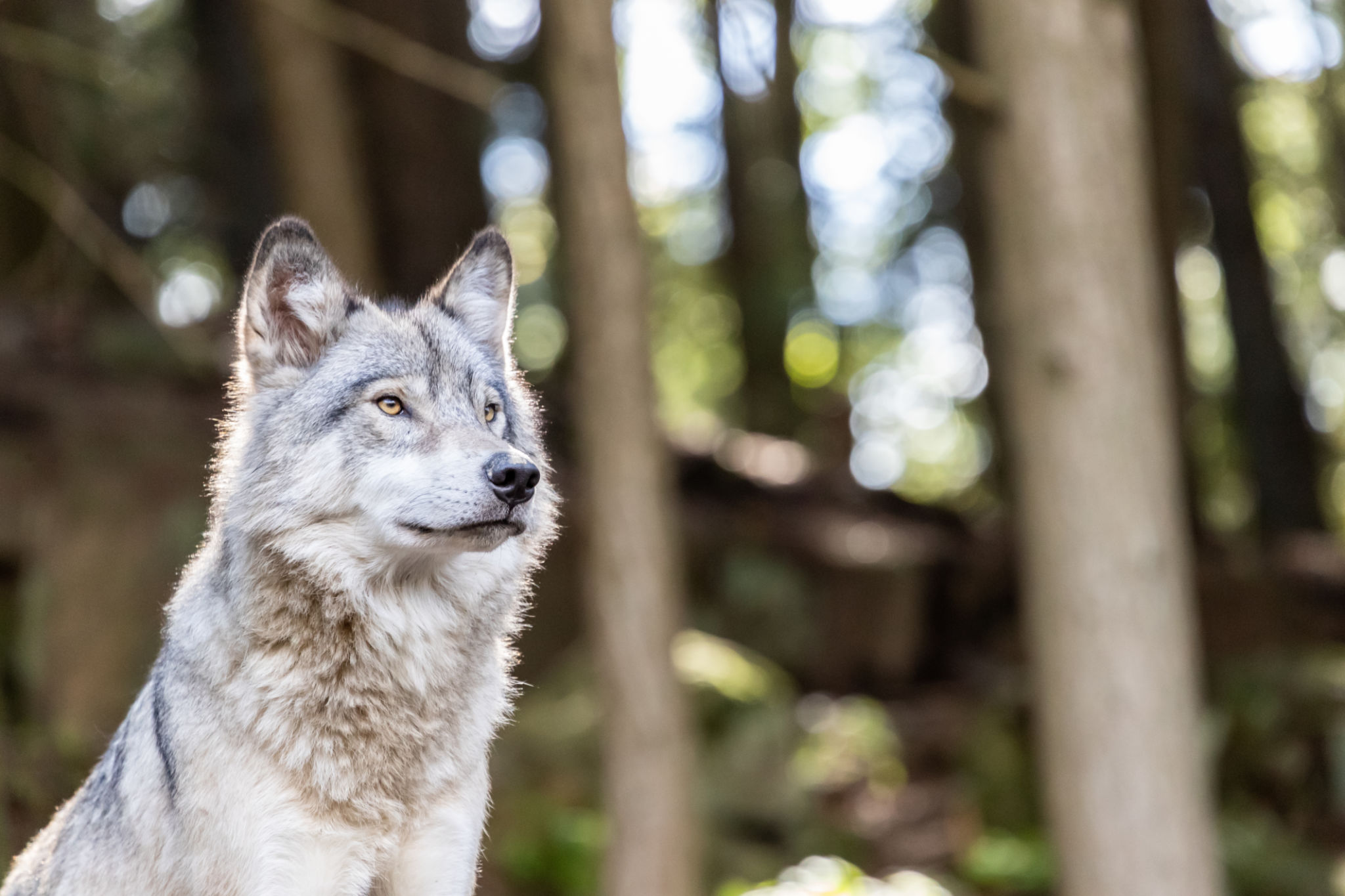Predator Control Strategies: Protecting Wildlife in Wildwood
In the serene landscapes of Wildwood, preserving the delicate balance of wildlife is a priority. One of the critical aspects of this is effective predator control. By implementing thoughtful strategies, we can ensure the protection and sustainability of various species that call Wildwood home.
Understanding the Importance of Predator Control
Predators play a vital role in the ecosystem, yet an unchecked population can lead to severe consequences for other wildlife. Effective predator control strategies are essential to maintain equilibrium, ensuring that no single species becomes too dominant.
Wildwood's diverse ecosystem includes a range of predators such as foxes, coyotes, and birds of prey. While these creatures are essential for controlling prey populations, their numbers must be managed to prevent over-predation.

Non-Lethal Control Methods
Habitat Modification
One effective method of predator control is habitat modification. By altering the environment, we can make it less appealing to predators, thereby reducing their impact on vulnerable species. This includes managing vegetation and securing food sources to deter predators from inhabiting certain areas.
Exclusion Techniques
Exclusion techniques involve creating barriers that prevent predators from accessing certain areas. Fencing, for instance, can be used to protect nesting sites or vulnerable habitats, ensuring that predators cannot reach them.

Lethal Control Methods
Targeted Trapping
In some cases, lethal methods may be necessary to manage predator populations effectively. Targeted trapping is a common technique that aims to control specific species without harming others. This method requires careful planning and execution to ensure ethical and effective outcomes.
Regulated Hunting
Regulated hunting can be another tool in managing predator populations. By setting strict quotas and seasons, wildlife managers can control the number of predators, helping to maintain a balanced ecosystem.

Community Involvement and Education
Community involvement is crucial in predator control strategies. Educating the public about the importance of maintaining balanced ecosystems and the role of predators can foster cooperation and support for conservation efforts.
Workshops, seminars, and volunteer programs can empower local communities to participate actively in wildlife protection, ensuring that predator control strategies are effective and sustainable.
Conclusion
Effective predator control is an essential component of wildlife conservation in Wildwood. By combining non-lethal and lethal methods and involving the community, we can protect the region's diverse ecosystems for future generations. It is a delicate balance that requires ongoing effort and dedication from all stakeholders.